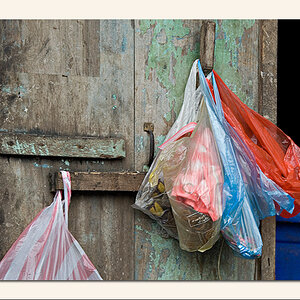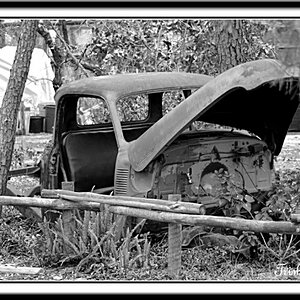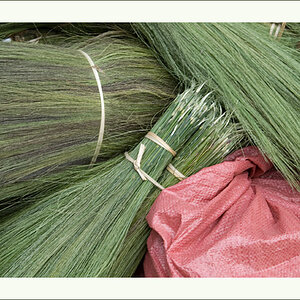xypex982
TPF Noob!
- Joined
- Oct 19, 2008
- Messages
- 85
- Reaction score
- 1
- Location
- Southern, CA
- Can others edit my Photos
- Photos OK to edit
I'm tired of throwing half used bottles of developer so I am looking into trying Rodinal as I know it has a long shelf life so I can shoot as I please and not worry about my developer. To give you background about what I shoot and prefer before I ask any questions I will say that I shoot mainly 35mm but do a little 120 usually Tri-x @400 in 35mm or shanghai @100 in 120 and I don't mind grain and like the "vintage" grain structure of Tri-x so I know that Rodinal showing the Tri-x's grain wont be a problem. I don't push often and if I do it may just be a stop. Lastly I do like to dabble and throw in some dollar store Memories or Samsung 200 iso c-41 film in my BW chems for a little experimentation.
So my questions
1. Since it isa so hard for me to find online is this r09 stuff really the same?
Foma Fomadon R09 Film Developer - 250ml (Similar to Agfa Rodinal) | Freestyle Photographic Supplies
http://www.freestylephoto.biz/9721-Compard-R09-Spezial-film-Developer-125-ml-Agfa-Rodinal-Special?sc=24100
2. Any special advice a first time user of Rodinal?
3. Whats the difference other than dev times between a 1+50 ration and 1+100?
That's really all I can think of at this point, thank you for any help.
So my questions
1. Since it isa so hard for me to find online is this r09 stuff really the same?
Foma Fomadon R09 Film Developer - 250ml (Similar to Agfa Rodinal) | Freestyle Photographic Supplies
http://www.freestylephoto.biz/9721-Compard-R09-Spezial-film-Developer-125-ml-Agfa-Rodinal-Special?sc=24100
2. Any special advice a first time user of Rodinal?
3. Whats the difference other than dev times between a 1+50 ration and 1+100?
That's really all I can think of at this point, thank you for any help.



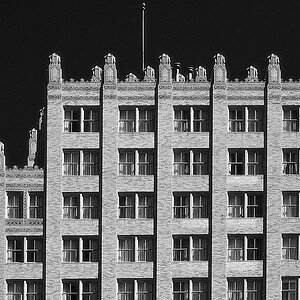


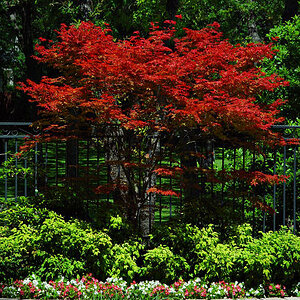
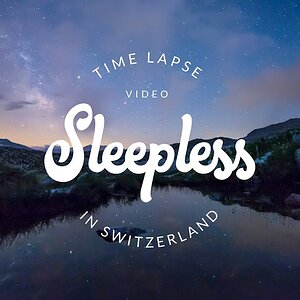
![[No title]](/data/xfmg/thumbnail/36/36133-8b29212f67c25fcf353a0c2f376b1501.jpg?1619737385)
